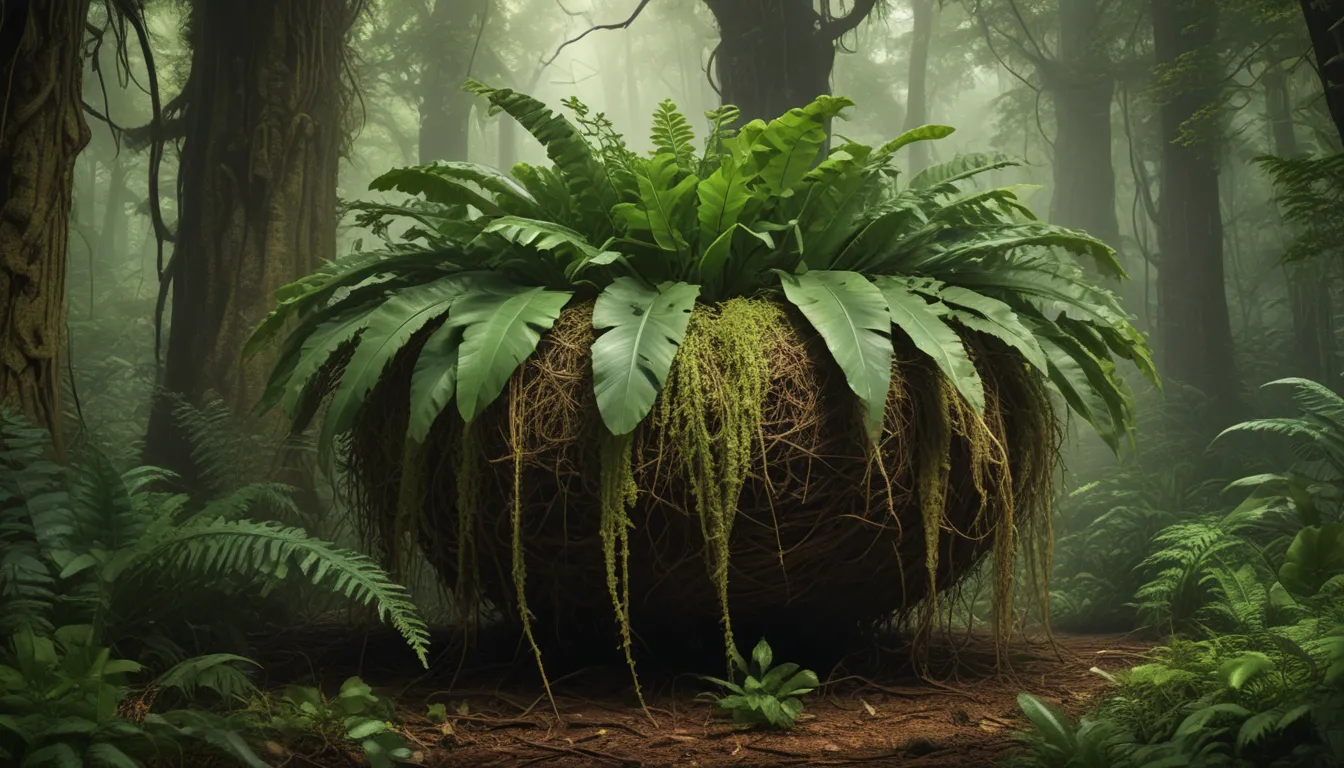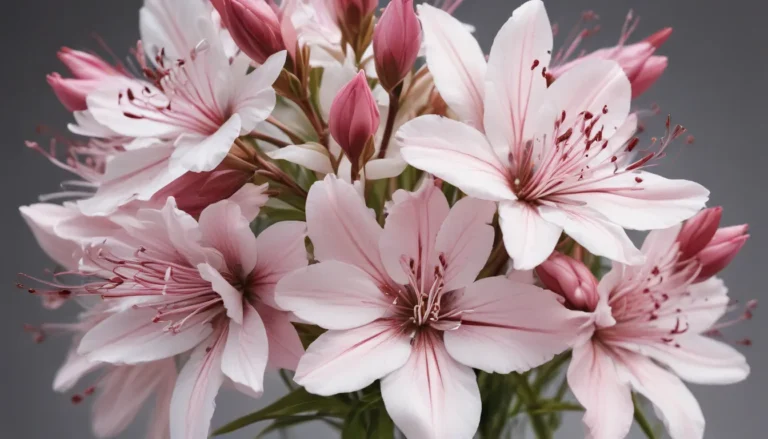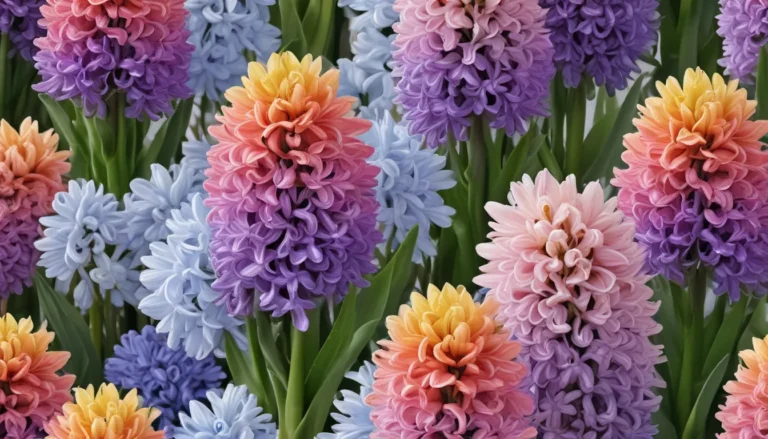The pictures we use in our articles might not show exactly what the words say. We choose these pictures to make you interested in reading more. The pictures work together with the words but don’t take their place. The words still tell you the important facts.
Bird’s Nest Ferns, scientifically known as Asplenium nidus, are captivating plants that have garnered popularity among plant enthusiasts and collectors for their stunning fronds that resemble a bird’s nest. In this comprehensive guide, we will delve into 19 fascinating facts about Bird’s Nest Ferns that are sure to pique your interest. Whether you are a seasoned green thumb or just starting your journey into the world of plants, you are bound to learn something new and intriguing about these beautiful ferns!
Discovering the Charm of Bird’s Nest Ferns
Bird’s Nest Ferns are renowned for their lush, circular fronds that mimic the appearance of a bird’s nest, hence their name. These epiphytic ferns grow on other plants or trees for support without harming or competing for nutrients. Native to tropical regions such as Southeast Asia, Australia, and Hawaii, Bird’s Nest Ferns thrive in humid environments with indirect sunlight. Their fronds can grow up to an impressive length of 3 feet, adding a visually striking touch to any garden.
Understanding the Care and Maintenance
Bird’s Nest Ferns are relatively low-maintenance plants that can adapt to various growing conditions, making them ideal for both indoor and outdoor spaces. Preferring indirect sunlight, they thrive in shaded or partially shaded areas with well-draining soil to prevent moisture-related issues. These ferns possess natural air-purifying capabilities, enhancing indoor air quality and providing a safe and beautiful addition to any home or office.
Propagation and Medicinal Uses
One fascinating aspect of Bird’s Nest Ferns is their ability to be propagated through spores collected from mature fronds. These ferns are also non-toxic to pets, making them a safe choice for households with furry friends. In traditional medicine, extracts from Bird’s Nest Ferns have been used to treat various ailments such as coughs, wounds, and respiratory conditions. Additionally, depending on the species and growing conditions, Bird’s Nest Ferns can exhibit distinct frond variations in terms of shape, size, and texture.
Special Considerations and Unique Features
Bird’s Nest Ferns are slow growers, taking several years to reach their full size, but their gradual growth makes them rewarding to care for. They can be grown in pots with well-draining soil or mounted on driftwood for a more naturalistic display. Belonging to the Asplenium genus, these ferns symbolize lushness, prosperity, and good fortune in certain cultures. With their tropical origins and unique appearance, Bird’s Nest Ferns can instantly transform indoor spaces into lush and vibrant oases.
Conclusion: Embracing the Beauty of Bird’s Nest Ferns
In conclusion, Bird’s Nest Ferns are truly remarkable plants with captivating qualities that make them stand out in the world of flora. Their unique growth pattern, adaptability to various environments, and visual appeal make them a perfect choice for plant enthusiasts of all levels. Whether you are looking to enhance your indoor space with natural decorations or simply appreciate the wonders of nature, Bird’s Nest Ferns are sure to impress with their stunning features and intriguing characteristics.
Frequently Asked Questions
- How often should I water my Bird’s Nest Fern?
-
Bird’s Nest Ferns prefer consistently moist soil but can be sensitive to overwatering. Water them when the top inch of soil feels dry to the touch.
-
Can I keep a Bird’s Nest Fern indoors?
-
Absolutely! Bird’s Nest Ferns thrive indoors with indirect light and proper humidity levels, adding a touch of elegance to your home or office.
-
Does the Bird’s Nest Fern require special fertilizers?
-
While not necessary, you can use a balanced liquid fertilizer during the growing season to promote lush foliage. Dilute the fertilizer as per the manufacturer’s instructions.
-
How often should I repot my Bird’s Nest Fern?
-
Bird’s Nest Ferns do not require frequent repotting. Repot every 2-3 years or when the plant becomes root-bound.
-
Can I propagate my Bird’s Nest Fern?
- Yes, Bird’s Nest Ferns can be propagated through division. Divide the plant into sections with roots and foliage, plant them in separate pots, and care for them like the parent plant.
As you continue to explore the enchanting world of plants, Bird’s Nest Ferns offer a gateway to understanding the beauty and wonder of nature. With their captivating features and easy care requirements, these ferns are a delightful addition to any garden or indoor space. Whether you are a seasoned gardener or a budding plant enthusiast, Bird’s Nest Ferns are sure to bring joy and greenery into your life.






